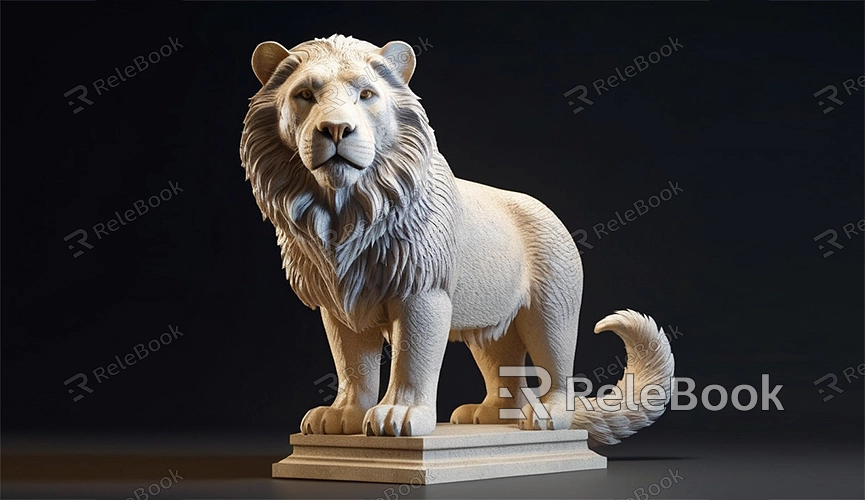How to Add a Base to a 3D Model in Cura
In 3D printing, adding a sturdy base to your model can significantly improve printing success, especially for complex structures or models with small base areas. Cura is a popular 3D printing slicing software that makes it easy to add bases to models. This article details how to add a base to a 3D model in Cura and provides tips to optimize print quality.
I. Why Add a Base to a 3D Model?
1. Increase Model Stability: A base increases the contact area between the model and the print bed, reducing the risk of the model detaching during printing.
2. Enhance Print Quality: Bases help prevent model warping, improving print success rates and overall quality.
3. Facilitate Post-Processing: Adding a base makes it easier to remove the model and reduces damage to the model's surface.

II. Steps to Add a Base in Cura
1. Import Model: Open Cura, click on "File" in the menu, select "Open File," and choose your 3D model file (typically STL or OBJ format). Once imported, the model will appear in the preview window of the print area.
2. Adjust Model Position and Size: Use Cura's tools for move, scale, and rotate to position the model correctly on the print bed. If the model is too large, scale it down to fit the print bed.
3. Add Base:
- In the "Print Setup" panel on the right, switch to "Custom" mode.
- Find the "Build Plate Adhesion" options and expand them.
- Choose either "Brim" or "Raft." Brim generates a base around the model, while Raft creates a complete base beneath the model. Select the appropriate type of base, and Cura will automatically generate it for the model.
4. Adjust Base Settings:
- For Brim, adjust the "Brim Width" to set the width of the base. A wider base provides better adhesion but increases material usage.
- For Raft, adjust the "Raft Air Gap" to set the gap between the base and the model. A larger gap makes it easier to remove the base but may affect the quality of the bottom surface.
5. Preview and Slice: Click the "Preview" button to see a preview of the base and model. Ensure the base fully covers the model's bottom without any noticeable defects. Once confirmed, click "Slice" to generate the G-code file.
6. Export and Print: Export the generated G-code file to an SD card or directly connect to the 3D printer via USB. Before printing, ensure the print bed is correctly calibrated and clean.
III. Tips to Optimize Print Quality
1. Adjust Print Parameters: Properly adjusting print speed, layer height, and temperature can improve print quality. For example, reducing print speed reduces vibrations during printing, enhancing surface quality.
2. Use Support Structures: For complex models, enable support structures to ensure unsupported parts are well-supported, preventing sagging or deformation.
3. Choose Suitable Materials: Different materials have different printing characteristics. Choosing the right printing material can improve model strength and quality. For instance, PLA is easy to print and suitable for most models, while ABS offers higher strength, ideal for functional parts.
By adding a base to your 3D model in Cura, you can significantly improve printing stability and success rates. Follow the steps above to easily add a base to your model, and adjust and optimize as needed. If you need high-quality 3D textures, HDRI, or downloadable 3D models for creating models and virtual scenes, you can download them from Relebook. This can greatly enhance your work efficiency and create higher-quality products.

